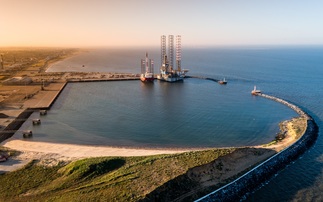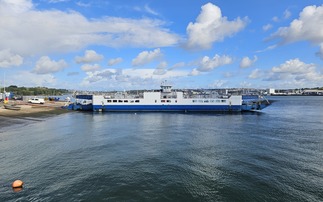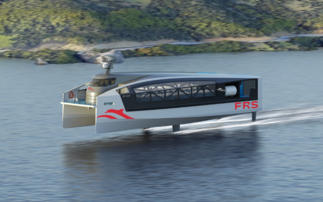From reading the Renewable Road Map published alongside the Government's Energy Market Reform White Paper (EMR) this week you would be forgiven for thinking that the marine industry in the UK was on a road to nowhere.
While other low carbon technologies, such as offshore and onshore wind and biomass, have some healthy amounts of power attributed to them in 2020, marine has a just a solitary 1TWh.
This is equivalent to one 50th of the electricity expected from offshore wind by 2020. In engineering terms it is equivalent to some 300MW of commercially operational wave and tidal devices - or some 60 offshore wind turbines. Little more than a drop in the ocean.
In reality, given the current state of play of the sector and the challenges ahead, the 1 TWh figure is about right. However, it illustrates the dilemma of roadmaps. If the end point had been a further decade out to 2030 the picture would be dramatically different for marine.
Our new analysis of marine published this week does just that and looks at the sector out to 2050. It shows that deployment at a global and local scale will begin in earnest from 2020. As a result, we foresee a bright future for this nascent sector. Indeed our three year study shows that deployment could be as high as 4.5GW by 2030 and up to 60GW by 2050; a dramatic scaling up from 2020 levels.
Over that time frame as the sector moves from pre-commercial to its commercial phase dramatic cost reductions are possible to the point that we have concluded that the best marine sites, in Scotland, could be generating power on a cost parity with nuclear and onshore wind by as early as 2025.
As more is deployed beyond 2030 further cost reductions are achieved, but the bulk of the costs are taken out over the next 10 to 15 years. Indeed if the road map is projected out to 2050 the sector could be generating not 1TWh but some 70TWhs; equivalent to around 20 per cent of our country's power needs.
So what is needed to make this happen?
Our analysis concludes that there are four key ingredients for success. Firstly, the sector needs continued targeted innovation as devices move from prototypes to full-scale arrays, which in turn require continued government support for continued technology development and cost reduction. This is fundamental to drive down costs. The recent Marine Renewables Proving Fund is an excellent example of a good targeted use of limited public funding.
Secondly, government must also provide a long term and sustainable revenue support package, via the EMR, to ensure investors have confidence to take the technology to the next level.
Thirdly, we need greater involvement from utilities and project developers to continue to boost investor confidence.
And lastly we need to learn from offshore wind and ensure that the grid is running alongside the technology. In particular we must ensure that our best sites, for example Pentland Firth in Scotland, are ready to plug and play.
Because we have taken an important early lead in marine's development the sector offers significant economic benefit for UK plc. Indeed British companies such as Pelamis, Aquamarine Power and Marine Current Turbines are leading the way in deploying their technologies in UK waters, with six out of the eight full scale prototypes in the world being installed here.
Our analysis has shown that the UK could capture just under a quarter of the global marine energy market, equivalent up to £76bn to the UK economy by 2050. And if this was not enough we have also found that this growing sector could also generate over 68,000 UK jobs.
As the dust settles on the EMR and politicians and the energy industry focus on some of the more pressing issues we must ensure that the UK also plays the long term energy game. For while the benefits of marine may not materialise for a decade or more we must invest political and financial capital now to ensure it becomes a key part of our move to a low carbon energy supply.
Benj Sykes is Director, Innovation at the Carbon Trust





